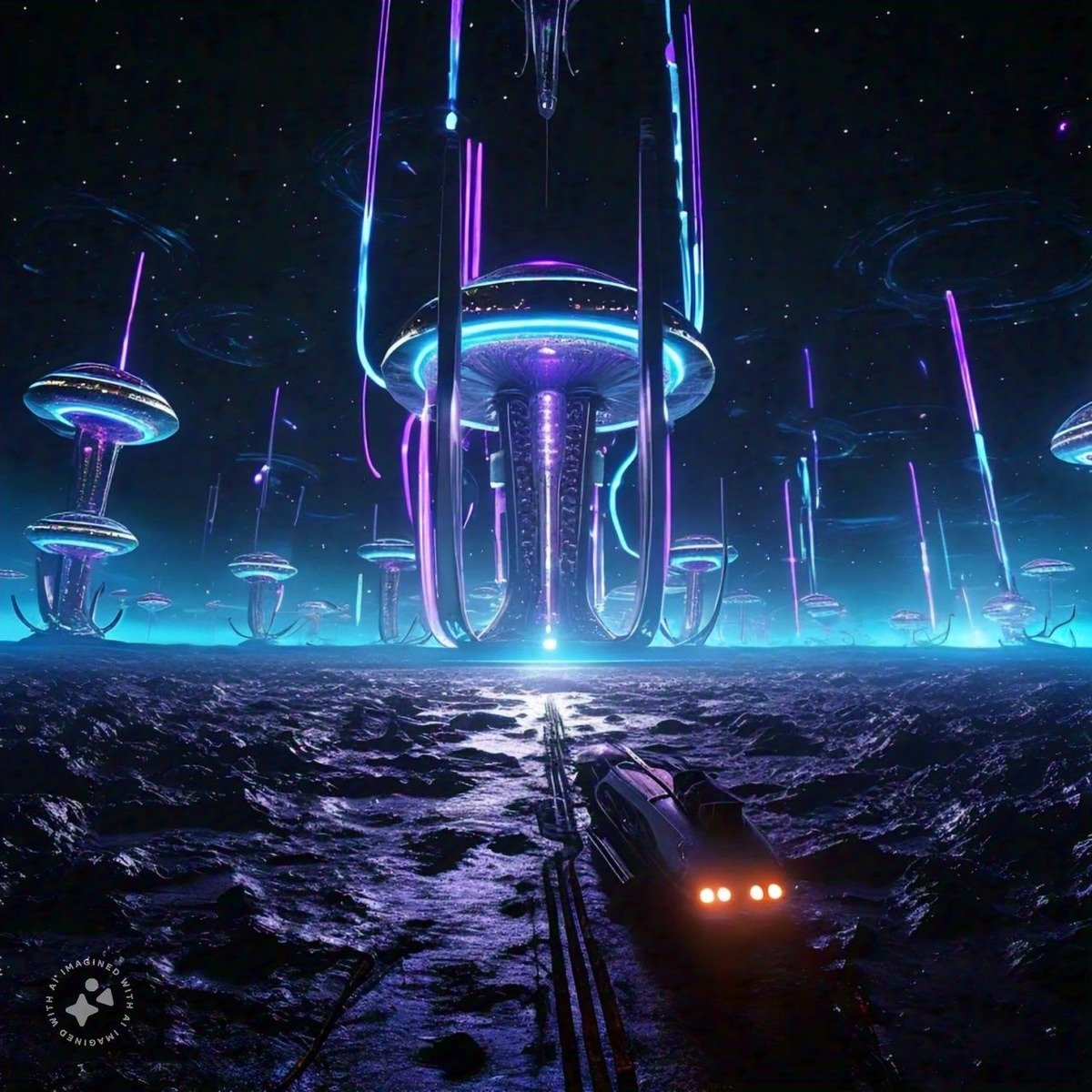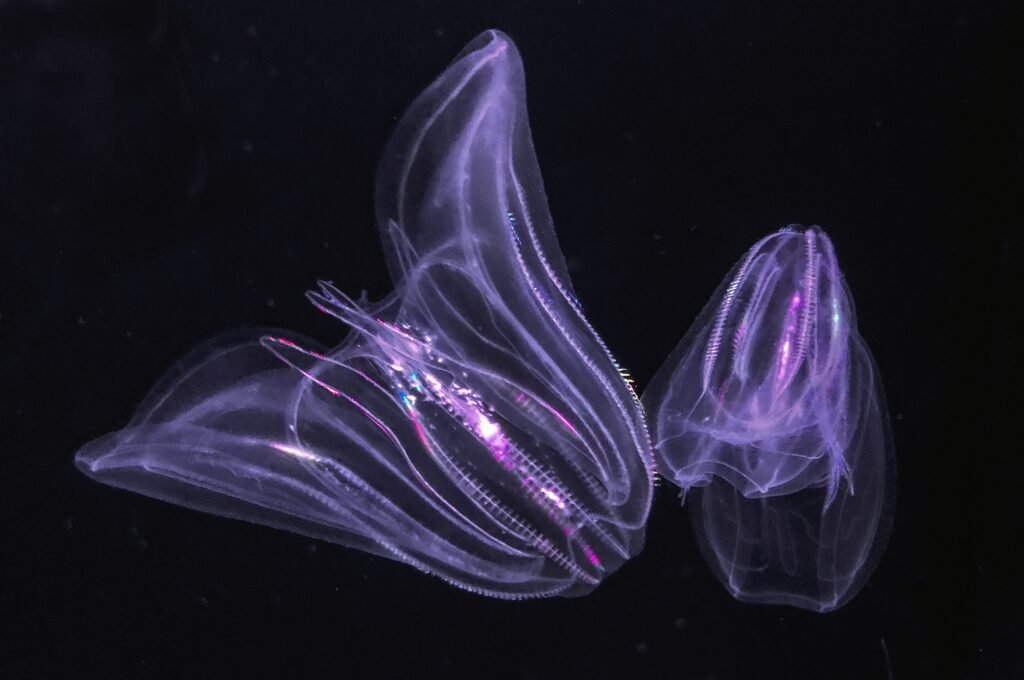Giant alien power plants found in distant solar systems
Scientists have found giant alien power plants using neural network methods in five million distant solar systems. Their research took a twisting turn when they found approximately 60 stars surrounded by alien power plants.
However, seven of those sixty stars were M-dwarfs. It means they were between 60% and 80% the size of the Sun. The scientists also noticed that these stars were generating high infrared heat patterns. They stated that their observed infrared excess emission cannot be due to only space phenomena.

The massive infrared emission by seven stars showed the presence of hypothetical Dyson spheres, the advanced alien megastructures. However, these megastructures intend to use or consume star energy.
According to a research study, the giant alien power plants consume energy from those seven stars in space. Hence, this latest research has provided evidence of a long-hypothesized alien-power generation technology (Dyson Spheres) in the Milky Way galaxy.
The concept of Dyson Spheres is speculative and involves the idea of megastructures capable of consuming energy from stars. However, highly advanced civilizations (aliens) can only build these megastructures.
Scientists have found alien power plants using a new method of identifying signs of alien power generation through the Hephaistos project.
First, they also examined data gathered by astronomical surveys Gia DR3, 2MASS, and WISE to identify potential Dyson Sphere signs within the Milky Way.

Hence, they claimed to conduct this research for partial Dyson spheres by examining optical and infrared data from the above astronomical surveys.
They developed a special system to find possible Dyson sphere signs. Its main goal is to find sources that show strange infrared amounts, which any known natural source cannot explain.
Two groups of astronomers under the leadership of Gaby Contardo led this research study to find the “Dyson sphere.” Their research results are published in the journal Monthly Notices of the Royal Astronomical Society.
Read More:
- Sea creature turns into a baby when it is stressed out showing time travel
- Realme Narzo 70 Turbo 5G launch date, features, specifications & price
- European Space Agency printed 3D metal part in space for first time
- Earth’s mysterious Alaska triangle where over 20,000 people disappeared
- Philips Hue launched a new smart lighting solution for kitchen
- NASA to launch life-searching spacecraft to Jupiter’s moon Europa
Share this content:










Post Comment